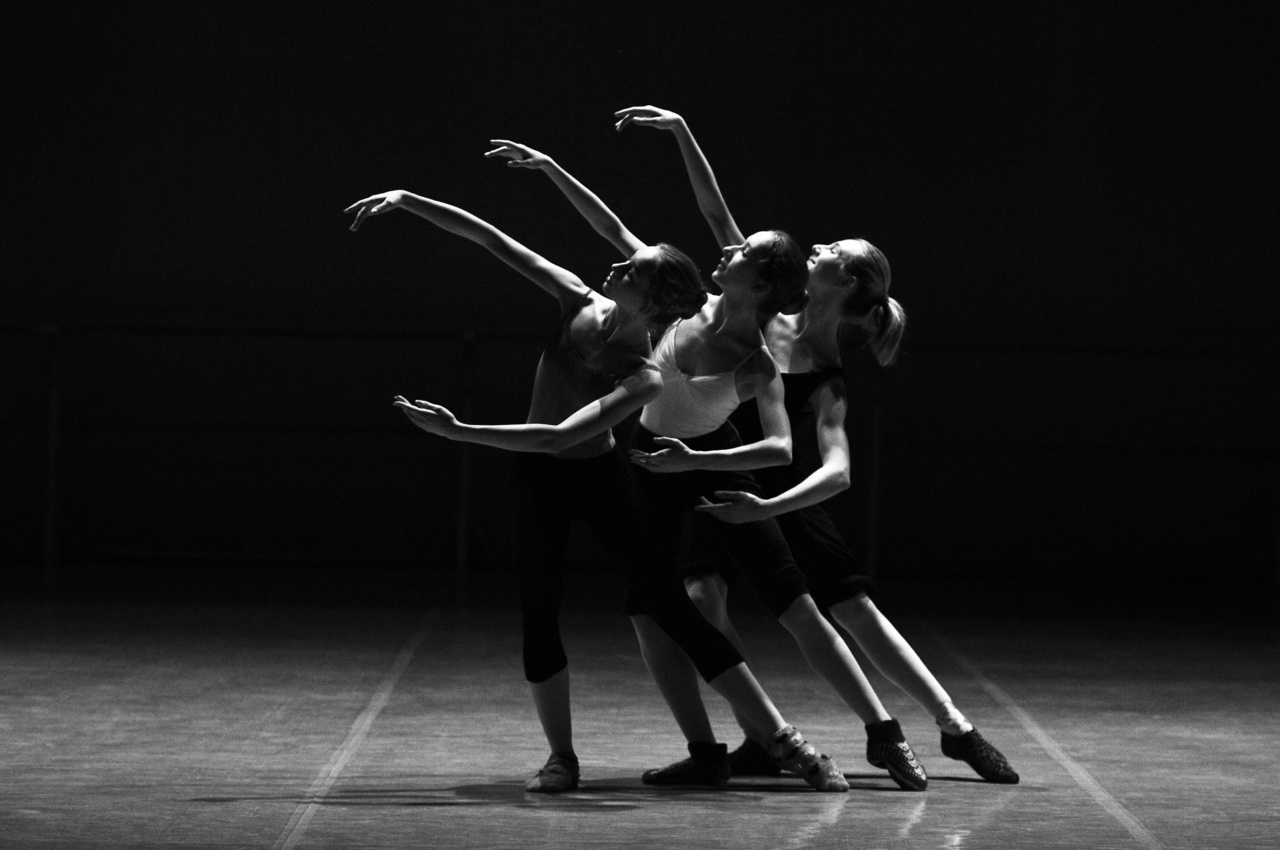Seduction is both an art and a science. It requires skill and practice, but it also requires intuition and creativity.
The art of seduction is about creating an atmosphere of desire and anticipation, drawing someone in, capturing their attention and imagination, and ultimately convincing them to succumb to their desires.
Understanding Sensuality
Sensual seduction is more than just physical attraction. It is about creating an experience that engages all the senses, ignites the imagination, and stimulates the emotions.
A sensual experience can take many forms, from a languid touch, to a whispered word, to a provocative glance.
At the heart of sensual seduction is a deep understanding of the senses. To be truly successful at seduction, you must know how to engage all the senses, from sight, touch, and taste, to sound and scent.
To create a truly sensual experience, you must be attuned to the subtle nuances of each sense, and know how to invoke desire by playing on their triggers.
Setting the Stage
Before you can begin the art of sensual seduction, you must first set the stage. This means creating an atmosphere that is inviting, alluring, and conducive to romance.
This can be achieved through a variety of means, such as setting the right mood with lighting, music, and scent, or creating an intimate space that is free from distractions.
Another important element of setting the stage for seduction is establishing a connection with your partner. This can be done through conversation, shared interests, or simply spending time together.
By creating a connection, you build a foundation of trust and intimacy that will make the seduction process much more successful.
The Power of Touch
One of the most important tools in the art of sensual seduction is touch. Touch is a powerful means of communicating desire and intimacy, and can convey a wide range of emotions, from joy and passion, to comfort and reassurance.
To use touch effectively, it is important to understand the body language of your partner, and to be confident and assertive in your own movements. This means knowing when to initiate, when to escalate, and when to pull back.
It also means being attentive to your partner’s responses, and adjusting your movements accordingly.
The Art of Communication
Effective communication is another key element of sensual seduction. This means knowing when and how to speak, and when to listen.
It means knowing how to use your words to build anticipation and desire, and how to ask for what you want without being pushy or overbearing. It also means being attuned to your partner’s needs and desires, and knowing how to respond to their cues.
Effective communication requires both verbal and non-verbal skills. This means paying attention to your tone of voice, your body language, and your facial expressions, as well as your choice of words.
It also means being able to read and respond to your partner’s non-verbal cues, such as their posture, breathing, and facial expressions.
The Power of Imagination
Another important element of sensual seduction is imagination. The ability to imagine and create scenarios that are exciting and enticing is key to building desire and anticipation.
This can involve creating a fantasy or role-playing scenario, or simply using your imagination to create a scenario that is intriguing and exciting.
The key to using imagination effectively is to keep it fresh and new. This means being creative and spontaneous, and being willing to try new things.
It also means being attuned to your partner’s likes and dislikes, and adjusting your approach accordingly.
The Seduction Process
The seduction process is not linear. It involves a series of subtle shifts and changes, as you build anticipation, establish intimacy, and create desire.
The process can be broken down into several key stages, each of which requires its own unique approach.
Establishing Connection
The first stage of seduction is establishing a connection with your partner. This means building a rapport, getting to know each other, and creating a sense of trust and intimacy.
This can be achieved through conversation, shared interests, or simply spending time together.
Establishing Attraction
The second stage of seduction is establishing attraction. This means using your words, body language, and gestures to convey interest and desire.
This can involve flirting, teasing, and touching, as well as creating an atmosphere of anticipation and mystery.
Establishing Intimacy
The third stage of seduction is establishing intimacy. This means creating a deeper level of connection through shared experiences, shared emotions, and a sense of vulnerability.
This stage is characterized by a sense of trust and openness, and is essential to building lasting attraction and desire.
Creating Desire
The final stage of seduction is creating desire. This means using your words, touch, and gestures to create a sense of longing and urgency.
This can involve creating a sense of anticipation and excitement, or using your imagination to create a scenario that is intriguing and enticing.
Conclusion
The art of sensual seduction is a complex and multifaceted process, requiring skill, intuition, and creativity.
By understanding the senses, setting the stage, using touch, effective communication, and imagination, and following a structured seduction process, you can create an atmosphere of desire and anticipation that is virtually irresistible.
With practice and experience, you can become a master of seduction, and a true artist of the senses.


























